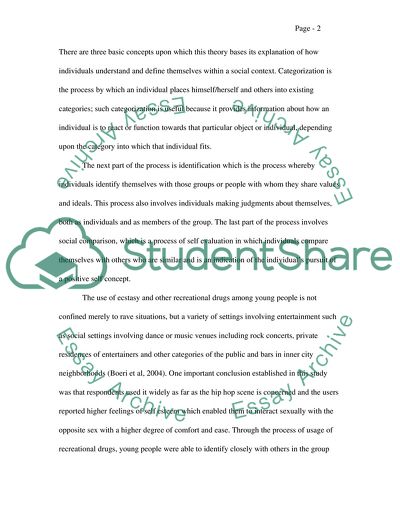Cite this document
(Social Identity Theory Research Paper Example | Topics and Well Written Essays - 2000 words, n.d.)
Social Identity Theory Research Paper Example | Topics and Well Written Essays - 2000 words. https://studentshare.org/social-science/1709894-social-psychology-project
Social Identity Theory Research Paper Example | Topics and Well Written Essays - 2000 words. https://studentshare.org/social-science/1709894-social-psychology-project
(Social Identity Theory Research Paper Example | Topics and Well Written Essays - 2000 Words)
Social Identity Theory Research Paper Example | Topics and Well Written Essays - 2000 Words. https://studentshare.org/social-science/1709894-social-psychology-project.
Social Identity Theory Research Paper Example | Topics and Well Written Essays - 2000 Words. https://studentshare.org/social-science/1709894-social-psychology-project.
“Social Identity Theory Research Paper Example | Topics and Well Written Essays - 2000 Words”. https://studentshare.org/social-science/1709894-social-psychology-project.


